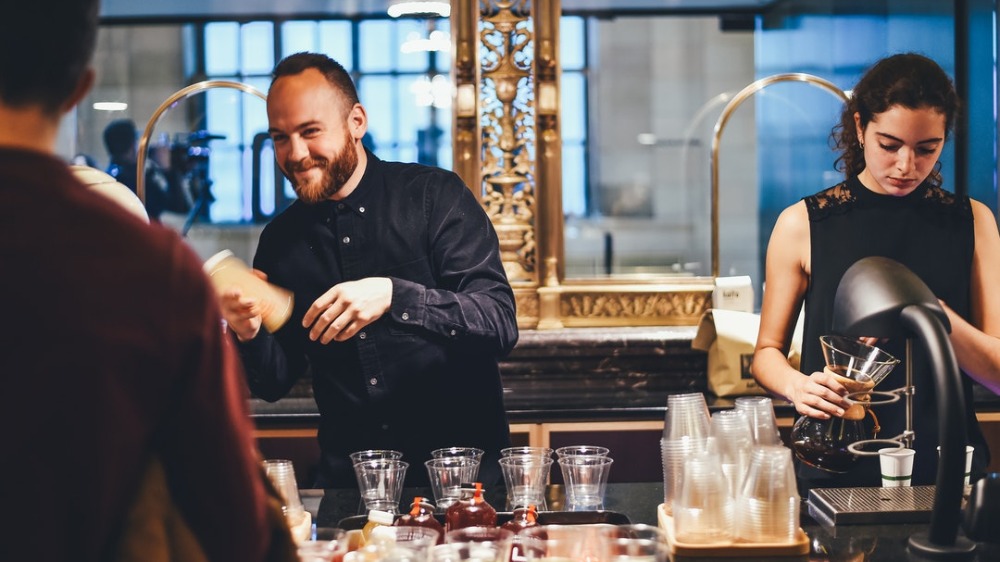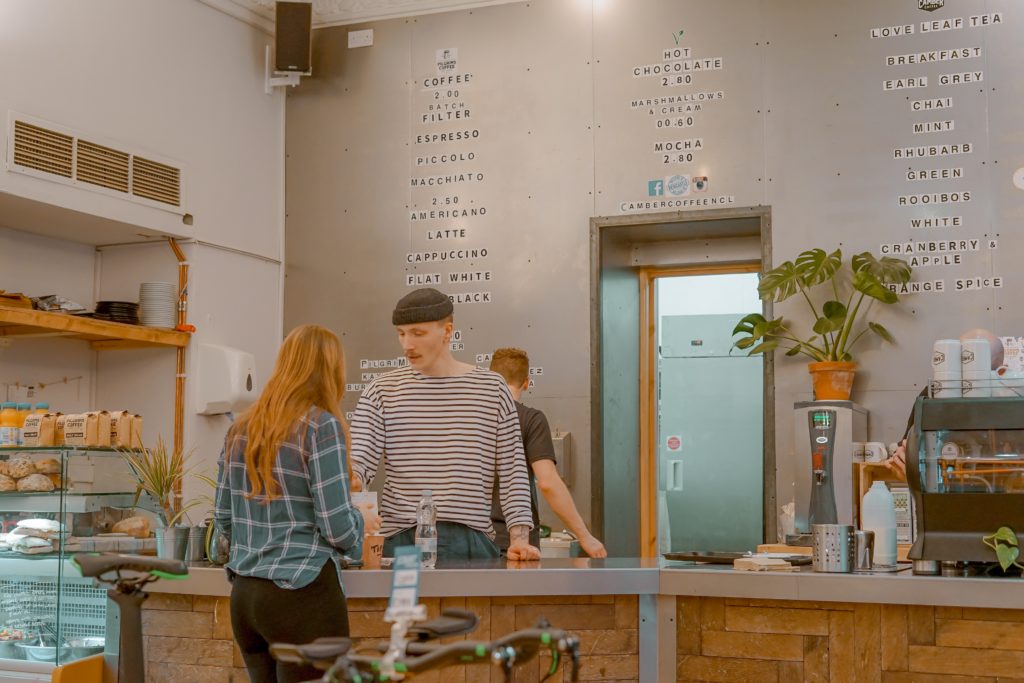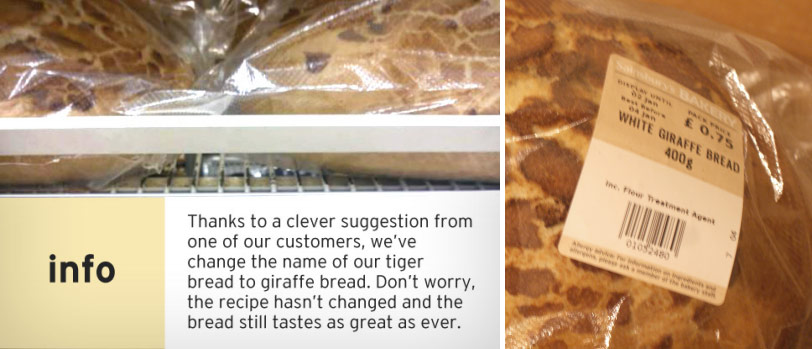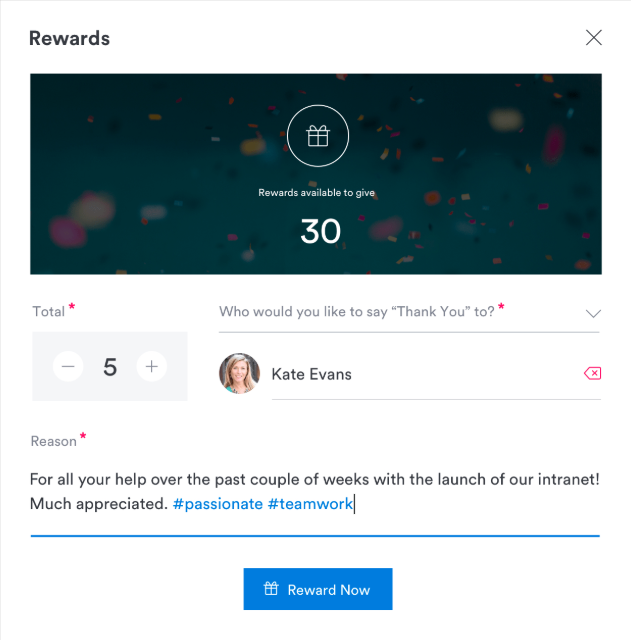The value of great customer experience

And how the secret to happy customers is happy employees
UK florists Bloom & Wild recently sent an email addressing the problem that Mother’s Day posed for some people. For many, this time of the year can prove painful, and the deluge of marketing emails is a constant reminder in the weeks leading up to the day.
In the message, Bloom & Wild enabled the recipient to opt out of any Mother’s Day promotional emails. A simple gesture that went behind the mailing list to treat each individual as a human.
Happiness: The key to business success in 2019
The email is a simple idea, but to a lot of people, it felt gracious and heartfelt. Dimming the Mother’s Day noise a little bit is a welcome act of kindness to those who struggle through this poignant day. Is this a new stage in the customer experience?

It’s well-covered ground, but it’s still important to remind ourselves that those businesses who create great customer experience are more likely to have happy employees. It’s these employees who are creating connections with your customers – a phone call, a letter or email, a face-to-face interaction. These moments are not driven from the top, but from the behaviours of people on the floor. So, generally, when customers have a positive experience with a business, it’s because the employee responsible is happy and willing to go the extra mile.
Companies are realizing that creating an exceptional customer experience is one of their most valuable tools. Building this kind of strategy that your brand can focus on will have incredible advantages for your staff, your customers – and your business’s bottom line.
Happiness: The key to business success in 2019
The human connection

One of the most famous examples of nailing the experience, both for customers and employees, is the online footwear retailer, Zappos. The perks for staff are well noted: free food and drink, free onsite gym, and ‘The Offer’ which grants $1,000 to new recruits to quit, a tactic that roots out those employees who are committed and those who aren’t.
But it’s the customer experience that gets talked about frequently. These are stories that get shared around the dinner table, amongst friends, and online, and are arguably the best kind of marketing.
When a customer was late returning a pair of shoes after the death of a family member, the Zappos team went out of their way to organize a courier to pick up the shoes at no cost. A note and a bouquet of flowers were sent offering their condolences.
Zappos also make sure there is no script to their service calls, which means conversations take on a life of their own. There is also no limit to duration of calls in customer service. This encourages staff to have enough time to sort out their customers queries to the best of their abilities. In fact, the longest customer service call that Zappos have on record is 10 hours and 51 minutes. Their 24/7 call center coupled with their 365-day return policy means customers are not restricted as to when they sort out their order query.
Focus on the individual
One of the most powerful ways of creating an excellent customer experience is making your audience feel individual. There are a number of ways of doing that, and like Zappos have demonstrated, the foundation to this is listening to the customer. Something that the Irish food retailer, SuperValu, acts on constantly in all areas of the business, including the very top. Founder and company president, Feargal Quinn, invites a group of customers to meet him in person for a round table discussion every month.
Happiness: The key to business success in 2019
It’s at these meetings, where he asks them about their opinions of their shopping experience at the SuperValu supermarkets, thoughts on pricing, quality and service. All this feedback is acted on and fed into planning and development with managers and the senior level of the organization.
Using AI to create exceptional experiences
While so far, our customer experiences are human-driven, there is room for AI in this field. While speaking to a human will, for the foreseeable future, trump a chatbot platform, there are less hands-on interactions where AI works beautifully.
Take Netflix for instance, which has created a customer experience from the minute a customer signs up. Despite the millions of users streaming Netflix every day, each account has countless algorithms all working away to make each person have an individual experience. And this only improves with time, as the system gets to know the user and what they watch. What do they search for; what do they do after one program is finished; which shows are stopped after a few minutes?
Of course, this unique experience would be spoiled if there were multiple users. This is why a Netflix account allows you to add different profiles to the same account, so a whole household can access and still enjoy a personalized movie selection.
This monitoring only serves to make your Netflix experience a deeply personal one. Instead of the user searching the vast library of programs and films, the service adapts to the habits of the viewer to ease the path to finding the next great discovery. Netflix further enriches the experience by offering the user a range of options based on their habits. So for those who like to fall asleep to a programme, the screening will stop after a period of inactivity. Those impatient to catch up on the next instalment of a gripping series, a notification appears at the beginning offering to skip the intro credits for the viewer.
Happiness: The key to business success in 2019
The feel-good story
Tiger bread is the UK name for a type of bread with a mottled crust, and is known as Dutch Crunch or Marco Polo bread in the U.S. It is sold in-store bakeries in major supermarkets.
Sainsbury’s supermarkets received a letter from Lily Robinson aged 3-and-a-half. She was writing to let them know that the loaf didn’t resemble a tiger at all, more a giraffe, and should therefore be renamed giraffe bread. Chris King, from the customer service team, wrote a letter back to Lily,
“I think renaming tiger bread giraffe bread is a brilliant idea — it looks much more like the blotches on a giraffe than the stripes on a tiger, doesn’t it? It is called tiger bread because the first baker who made it a loooong time ago thought it looked stripey like a tiger. Maybe they were a bit silly.”
Lily was pleased with the response, and her mum posted it on her blog. But this endearing correspondence soon went viral and a Facebook page was created to campaign to change the name of the product to ‘Giraffe Bread’.
The supermarket amused by the online attention, decided to rename the bread, highlighting its change to customers with a sign beneath the products instore.

These examples are some of the endless ways that businesses can go the extra mile for their customer. And that can be as powerfully positive as bad customer service can be negative. For zero charge, the good story your organization is told to friends, family and often online, bolstering your brand and raising your profile. It’s not just about a positive experience, it also fosters engagement and loyalty to your brand.
Feel-good stories aside, aa good customer experience is vital to the growth of your organization. A study by Temkin Group, found that companies that earn $1 billion annually can expect to earn, on average, an additional $700 million within three years of investing in customer experience.
Which means, companies who focus on creating a solid customer experience strategy achieve higher customer satisfaction rates, reduced customer churn and increased revenues.
According to a report by Gallup titled, “The State of the American Workplace”, employees who are engaged are more likely to improve customer relationships, with a resulting 20% increase in sales.
So how can we create a healthy workplace culture and happy employees? There are many ways employers can nurture a positive work environment.
Develop your employees: Employees will be more likely to engage, commit and be happy in their jobs if they are aware of opportunities to grow and develop within their position within the organization. Knowing that they can be supported, trained and helped to fulfil their potential will make them far more likely to provide better customer service.
Empower individuals to recognize peers: Reward and recognition programs are a powerful way to bolster a positive workplace culture. These programs not only set a good example to the organization but inspire workers to go further in their roles – and providing an exceptional customer experience can be one of these outcomes.

Train your people: Employees who are trained in all aspects of their job from onboarding to long term coaching are better informed staff. Workers with effective training will be able to apply their learning and skills to creating great customer experience.

